Pancreatic Necrosis (Pancreatic Necrosis)
Pancreatic necrosis is one of the most dangerous conditions in abdominal surgery. The disease is associated with the destruction of pancreatic tissue by the action of its own enzymes. It often develops as a complication of acute pancreatitis, leading to severe consequences without timely medical attention.
At the K+31 Medical Center (Moscow), patients with this diagnosis receive a full cycle of medical care: from emergency diagnostics and intensive care to surgery and subsequent rehabilitation. Thanks to modern equipment, a 24-hour surgical inpatient department, and a team of highly qualified specialists, the conditions for effective treatment of even the most complex cases have been created.

specialists

equipment

treatment
Causes, provoking factors
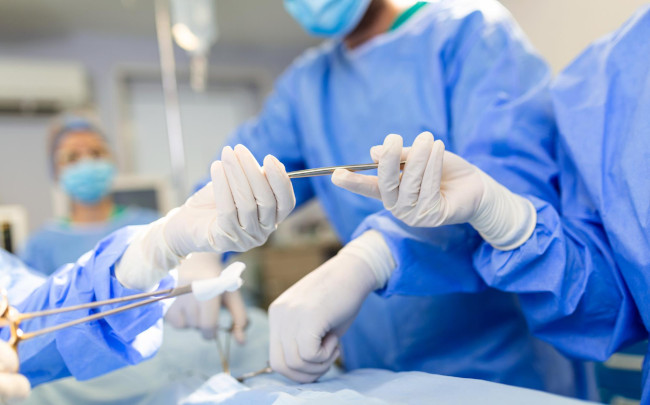
The main cause of the disease is the activation of pancreatic enzymes within the organ.
Most often, pancreatic necrosis develops due to:
- Cholelithiasis. Stones block the common bile duct, impeding the outflow of pancreatic secretions.
- Alcohol intoxication. Ethanol causes duct spasm, increases enzyme activity, and damages pancreatic cells.
- Acute pancreatitis.
- Trauma, surgery.
- Infectious complications.
Destructive changes occur not only in the pancreas but also in adjacent organs.
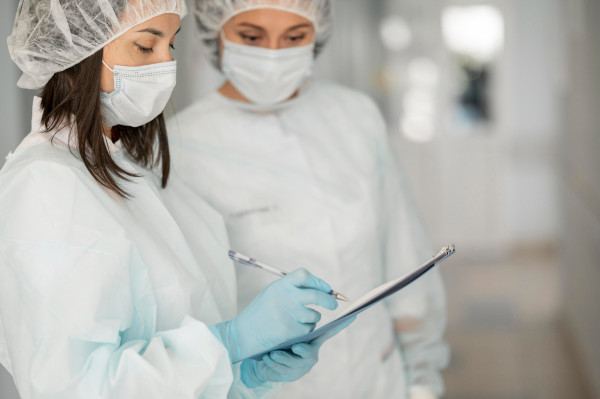
Risk Factors
The risk of developing pancreatic necrosis is increased by:
- Obesity, unbalanced diet
- Regular alcohol consumption
- Chronic liver and gallbladder diseases
- Taking certain medications that damage the pancreas
- Genetic predisposition to pancreatitis
These factors are not always the direct cause of the disease, but they significantly accelerate its development, making it more severe.
Treatment methods
Patient management strategies are tailored individually. The primary goals are to halt the progression of tissue destruction, prevent infections, support organ function, and, if possible, avoid radical intervention.
At the K+31 Medical Center (Moscow), patients are monitored by a multidisciplinary team—surgeons, anesthesiologists, endoscopists, radiologists, and nutritionists—allowing for rapid strategy adjustments based on the clinical situation.
Conservative treatment methods
Mild and many moderate cases are treated without open surgery. Even with a pronounced necrotic process, the main initial focus is on intensive care and minimally invasive interventions.
Conservative therapy is carried out to stabilize hemodynamics, correct metabolic disorders, control pain, and ensure adequate nutrition:
- Standardized resuscitation with restoration of circulating blood volume, correction of electrolytes, monitoring of diuresis and blood pressure
- Anesthesia, sedation under the supervision of an anesthesiologist (opioid analgesics)
- Monitoring, support of organ functions (oxygenation, mechanical ventilation if necessary, treatment of renal or cardiovascular failure)
- Antibacterial tactics for signs of infection of the lesion
- Early enteral, then parenteral nutrition (if enteral access is impossible)
- Minimally invasive interventions (percutaneous Ultrasound/CT-guided drainage, endoscopic transmural drainage of cavities for progressive infection or purulent accumulations)
The decision to prescribe antibiotics and perform interventions is made by a specialized team based on clinical, laboratory, and imaging data. These measures help suppress the systemic inflammatory response and, in some cases, completely avoid open surgery.
This is interesting! The "step-up" practice (a gradual increase in invasiveness) has proven effective: drainage first, and if drainage is ineffective, minimally invasive removal of necrotic masses.
Surgical Treatments
If conservative and minimally invasive approaches do not lead to improvement, surgical intervention is indicated. In this condition, modern surgery tends to postpone radical surgery until the necrosis is clearly demarcated (if possible, after 3-4 weeks).
The choice of surgical technique depends on the location, extent, and presence of infection:
- Delayed open necrosectomy (after the formation of the necrosis capsule, when the lesion boundaries are clearer)
- Minimally invasive retroperitoneal necrosectomy (through a small incision)
- Laparoscopy for limited lesions
- Stepwise strategy: initial decompression with drainage, then, if necessary, secondary debridement or necrosectomy)
- Combined approaches: endoscopic removal of part of the necrosis + percutaneous drainage +, if necessary, open debridement)
Preoperative stabilization The procedure is performed in the intensive care unit, in a specially equipped room. Intensive care and rehabilitation are prescribed after the surgery.
Diet Therapy for Pancreatic Necrosis
Nutrition plays a key role in recovery: proper nutritional support reduces the risk of infection, accelerates regeneration, and shortens the duration of hospitalization.
Nutrition principles depend on the phase of the disease:
- In the acute phase, a short fast is indicated until stabilization; then early enteral nutrition through a nasojejunostomy tube (starting with a low volume, gradually increasing caloric intake). The enteral route is preferable to parenteral nutrition due to its support of intestinal barrier function.
- Protein and energy support: a high protein load (1.2–2.0 g/kg per day) for regeneration; Calorie intake is determined individually, taking into account metabolic stress.
- Gradual transition to oral nutrition: first light liquids, then a low-fat diet with frequent meals (5-6 meals per day).
- For exocrine insufficiency, enzyme replacement therapy (pancreatic enzymes) and correction of fat-soluble vitamin deficiencies are prescribed. For carbohydrate metabolism disorders, glycemic control is recommended, and, if necessary, diabetes treatment is also necessary.
- A complete ban on alcohol, a reduction in fatty and fried foods, and weight control are important.
A nutritionist develops a personalized nutrition program and monitors progress: weight, laboratory parameters, and food tolerance.
Important! At the K+31 Medical Center, care for patients with necrotic pancreatic lesions is provided 24/7: intensive care units equipped with ventilators and monitoring systems, operating rooms for emergency procedures, mobile ultrasound machines, and express labs for rapid diagnostics are available.
In emergency situations, hospitalization is provided, and surgery is performed as quickly as possible. If necessary, transportation by private ambulance or air ambulance is arranged.
Benefits of pancreatic necrosis treatment in K+31
Treatment of necrotic lesions of the pancreas at the K+31 clinic (Moscow) is distinguished by a comprehensive, individual approach. The patient receives 24/7 monitoring by an experienced multidisciplinary team—surgeons, gastroenterologists, anesthesiologists, endoscopists, nutritionists, and rehabilitation specialists.
Key advantages:
- Modern departmental equipment: operating rooms with high-tech equipment, intensive care units with monitoring and ventilator systems, mobile ultrasound machines, express laboratories.
- Availability of emergency and scheduled care 24/7, including minimally invasive and endoscopic interventions.
- A customized nutrition program and supportive therapy to accelerate recovery and prevent relapses.
- Monitoring of the patient's condition using CT, MRI, and laboratory tests allows for timely treatment adjustments.
- Comfortable inpatient conditions, attentive staff who provide monitoring, support, and assistance at every stage. Recovery
At the clinic, patients receive safe, effective, modern treatment for necrotic pancreatic lesions, reducing hospital stays and the risk of complications.

Patient Reviews
Reviews from patients at the K+31 Medical Center (Moscow) who underwent treatment and rehabilitation after pancreatic necrosis reflect real impressions of the work of the team of specialists and the organization of the process at the medical center.
Alexey, 52 years old
I was admitted to the clinic with acute pancreatic necrosis. I was admitted immediately, and all the necessary tests and a CT scan were performed. The surgeon and anesthesiologist explained the surgical plan and subsequent rehabilitation. After the procedure, my condition was fully monitored, and my nutrition and medications were individually adjusted. I feel much better, and I'm grateful to the entire team!
Marina, 45 years old
I was in severe pain, and they suspected pancreatic necrosis. At K+31, they performed a diagnostic test on the same day I visited, made an accurate diagnosis, and started treatment immediately. I was especially pleased with the nutritionist's care and the constant monitoring by specialized doctors. After several weeks of treatment, I returned to a normal diet and activity. The illness is a thing of the past.
Sergey, 60 years old
I had minimally invasive surgery with drainage of necrotic masses. The entire staff was attentive, explained every step, and even helped with simple household tasks in the ward. After discharge, I continued to be monitored by a gastroenterologist and a nutritionist; there were no complications. They literally brought me back to life.
Elena, 38 years old
I immediately felt the doctors' professionalism. They performed an ultrasound and CT scan, stabilized my condition, and prescribed treatment and nutrition. The rehabilitation recommendations and supportive therapy were very helpful. Two months have passed since the treatment, and now I feel confident and safe.
Igor, 49 years old
Thanks to the 24/7 surgical staff, I received timely treatment. After the surgery and rehabilitation under the supervision of a gastroenterologist and nutritionist, my health improved quickly. I recommend the clinic to anyone dealing with pancreatic necrosis – they really help.
Natalia, 55 years old
At the K+31 clinic, they not only helped me resolve my acute problem but also developed a program to prevent recurrences. The doctors explained my diet, regimen, and physical activity in detail. I'm still undergoing treatment, but I feel much better. I'm very grateful for their professionalism and attention to my patients!

This award is given to clinics with the highest ratings according to user ratings, a large number of requests from this site, and in the absence of critical violations.

This award is given to clinics with the highest ratings according to user ratings. It means that the place is known, loved, and definitely worth visiting.

The ProDoctors portal collected 500 thousand reviews, compiled a rating of doctors based on them and awarded the best. We are proud that our doctors are among those awarded.
Make an appointment at a convenient time on the nearest date
Price
Other services

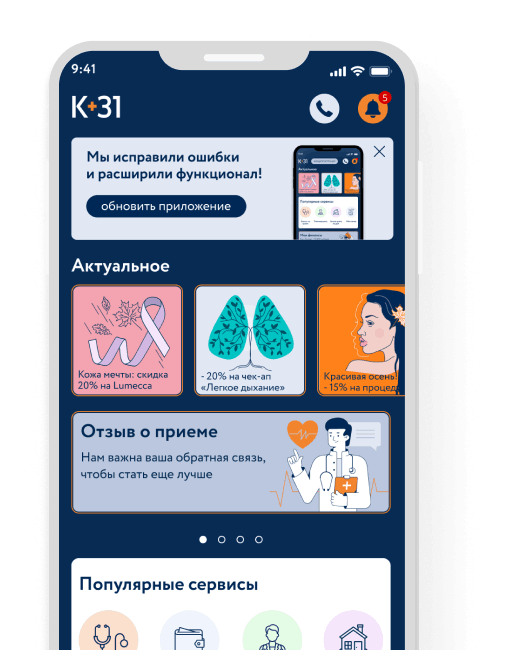
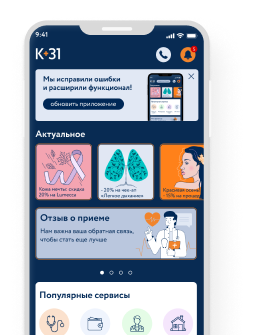



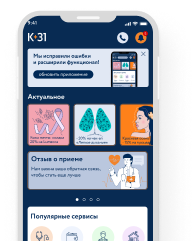


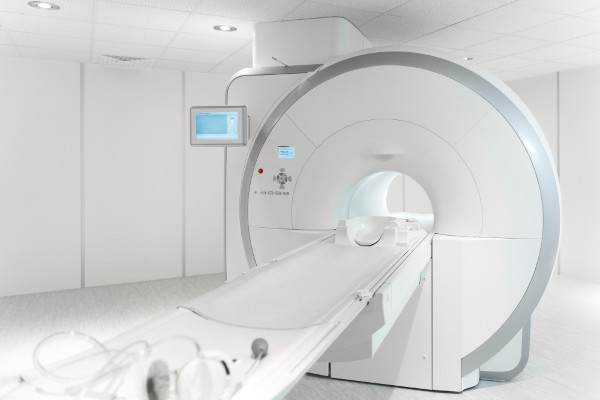



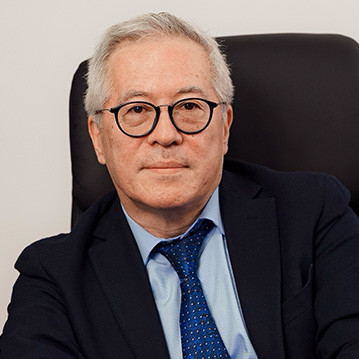

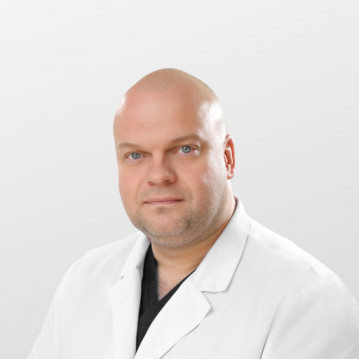
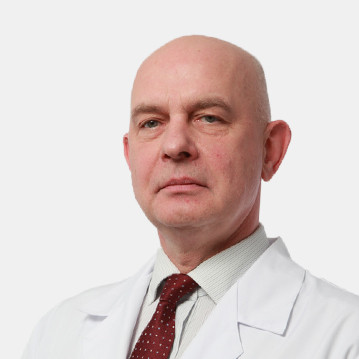

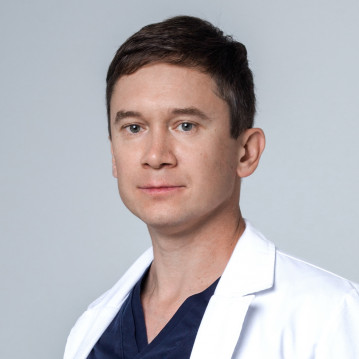
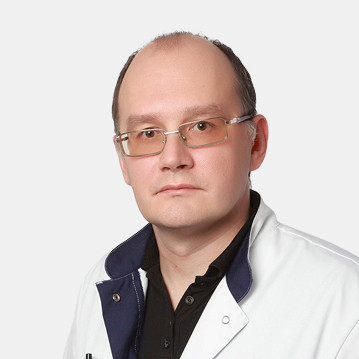
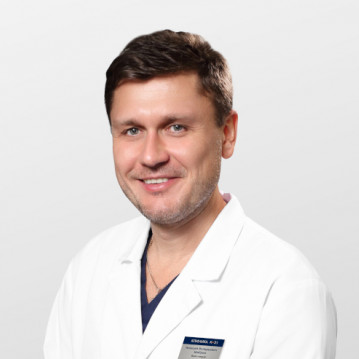

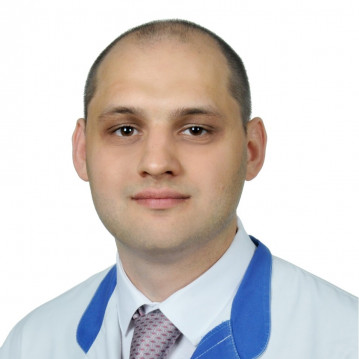
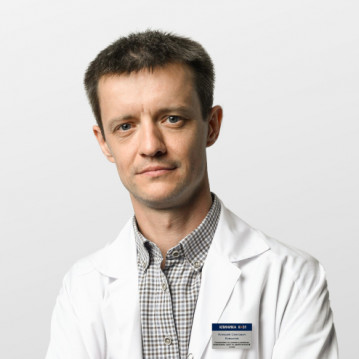
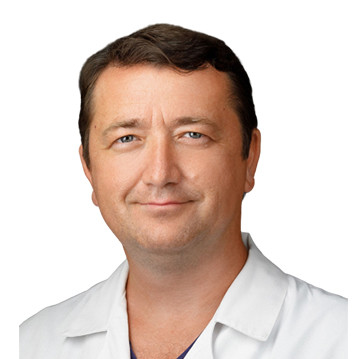
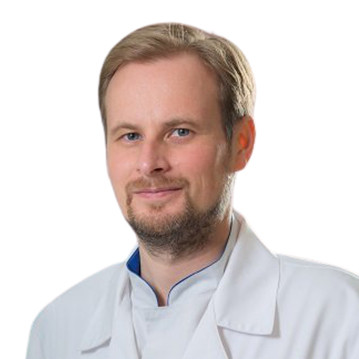
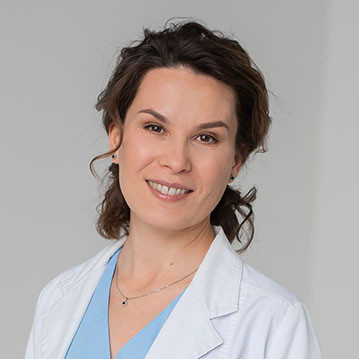
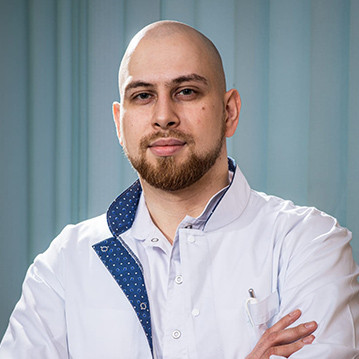
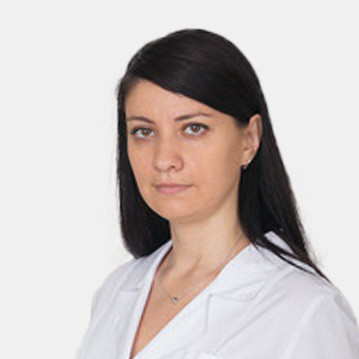
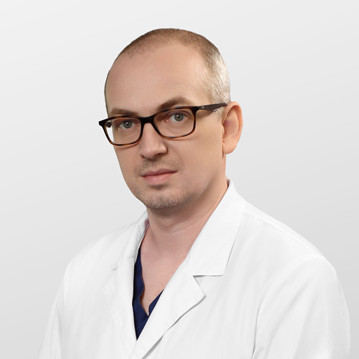
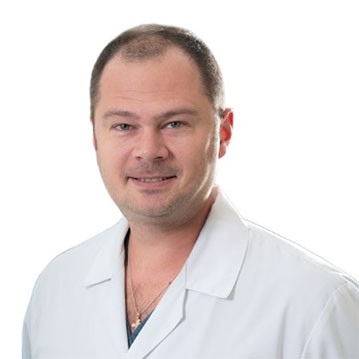
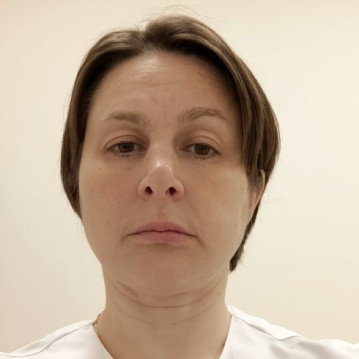
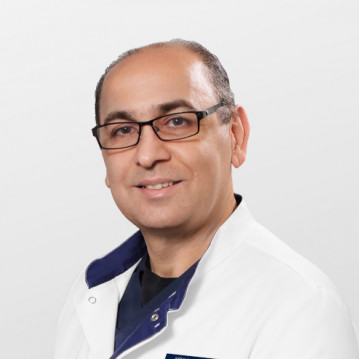


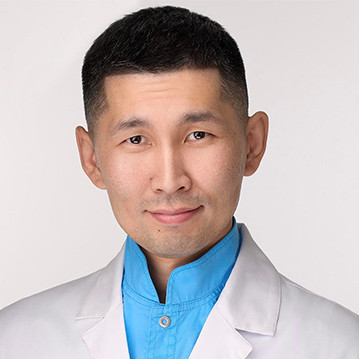

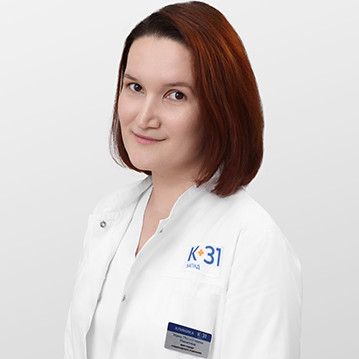


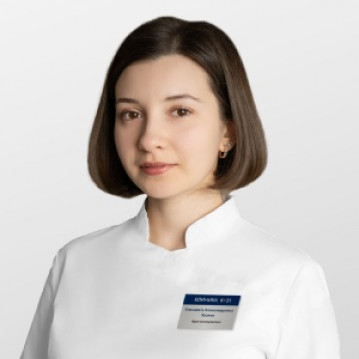

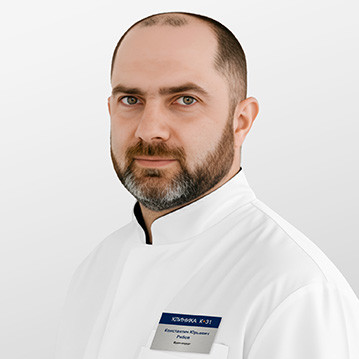
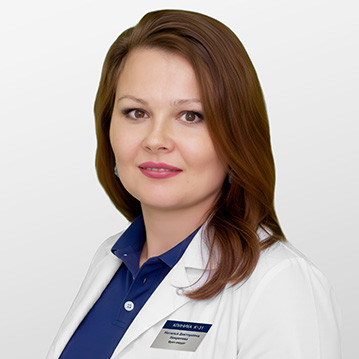
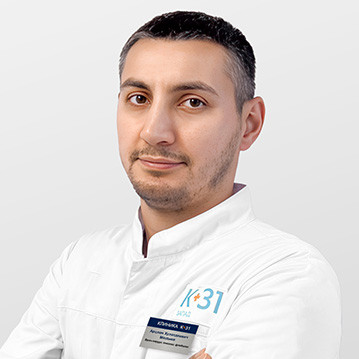
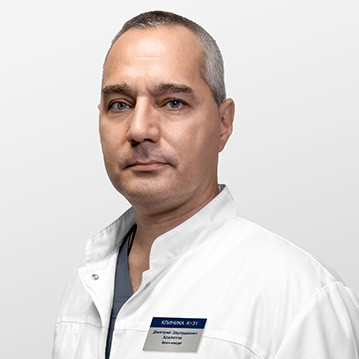

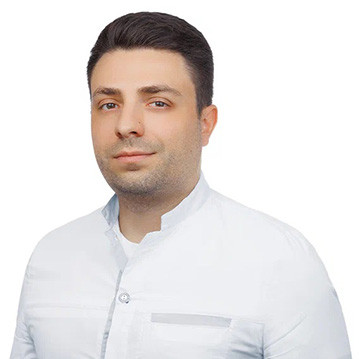
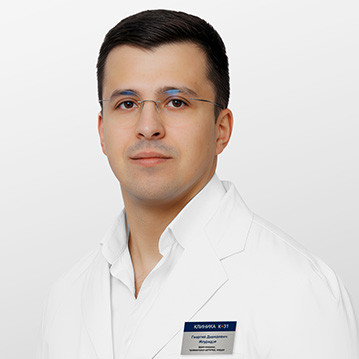



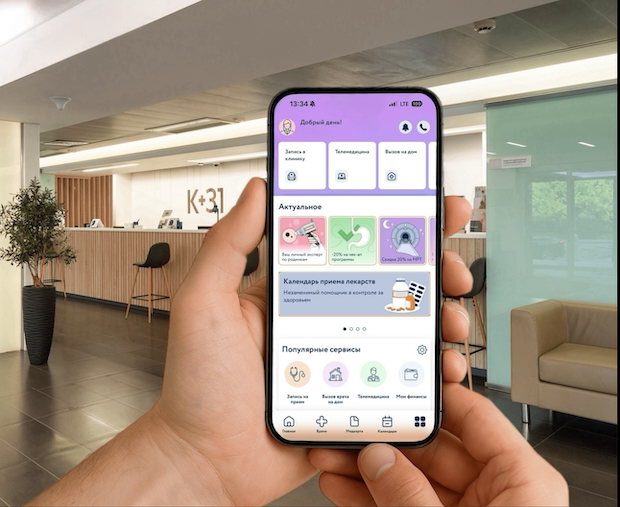



General characteristics of pancreatic necrosis
Pancreatic necrosis develops as a result of a destructive process in which pancreatic juice and activated enzymes begin to destroy the pancreas's own glandular tissue. Normally, these enzymes help digest food, but when their flow is disrupted, they cause organ damage.
The disease progresses rapidly: it can take just a few hours from the first symptoms to a severe condition. Necrosis involves not only the pancreas but also surrounding structures, leading to a systemic inflammatory response with multiple organ failure.
Key features of pancreatic necrosis:
Thus, pancreatic necrosis is a life-threatening condition that requires prompt intervention and treatment in a specialized hospital.